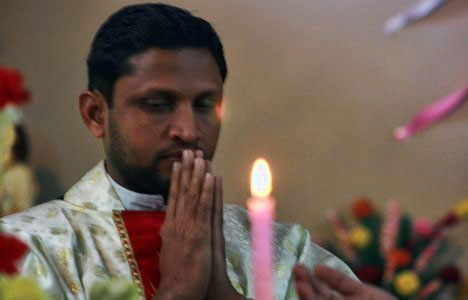I’ve said this so often I probably ought to have it printed on T-shirts: the most important Catholic story of our time is the demographic shift from the global north to the south, with two-thirds of the Catholics in the world today living in the southern hemisphere, a share that will rise to three-quarters by the middle of the century.
As a result, Latin America, Africa and Asia will play a far greater role in setting the tone for the global church.
One underutilized resource for pondering this transition is the missionary orders, with their long experience navigating cultural gaps. As it happens, I received two fascinating reflections this week from veteran missionaries, one an Italian Comboni serving in the Philippines, Fr. Renzo Carraro, and the other an American Jesuit currently in Malawi after many years in Zambia, Fr. Pete Henriot.
Although each covered a variety of topics, they intersect at a critical point: priest shortages and their frightening pastoral implications.
Admittedly, the idea of priest shortages in the global south may be counterintuitive for Catholics in Europe and the United States. Looking around, it’s easy to get the impression of a surplus, given our growing reliance on priests from Africa, Asia and Latin America to plug holes here. In the United States, one of out every six priests is now foreign-born, and we add 300 international priests every year. It’s a rare American diocese that doesn’t have at least a handful of priests from locales such as Nigeria or India.
This trend has sometimes been labeled the “reverse mission,” implying that territories that were once the object of missionary activity are now returning the favor, dispatching zealous young priests to revive the faith in moribund regions of the West.
That’s a compelling vision, but it hides a basic flaw: the math doesn’t work.
Continue reading “Global priest shortages”
Image: Pray
